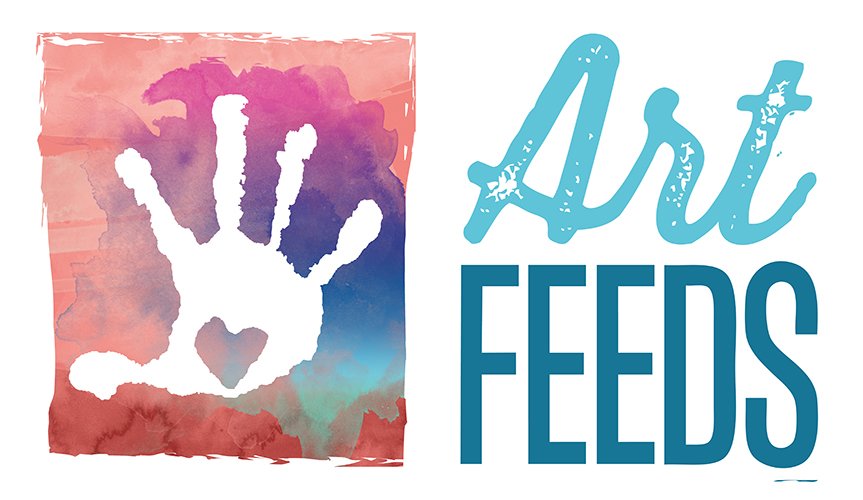From the Classroom
Alexis here! I’ve been back in the classroom teaching Art Feeds therapeutic art programming in partnership with a local school. In the pandemic, we shifted our work to equip teachers and school staff to implement Art Feeds where they are, which puts me more on the admin side. I jumped at a chance to be back with artists 1 day a week this fall.
Something I noticed as soon as my first class walked in the classroom: kiddos have changed.
We’ve had several lessons so far, but last Tuesday’s activity really dove into emotions - naming them, what they look like as shapes, using different colors to represent them. The little artists did this by filling out the “What Shape is Your Feeling?” printable from the Emotional Exploration Bundle found here.
While some chose to use feelings like confident, loved, cool, and (my favorite) Barbie, several others chose words like nervous, sad, disgusted, and even depressed.
Since we’re working through the Art Feeds Art Journaling Bundle, the next step was to choose one emotion felt the most during the day from the list of 12, and then recreate the shape and color representing that emotion using oil pastels as a journal entry.
In the past, I would have expected to see “jumping for joy” or “hugging everyone type of happiness”, from the artists, this time over half of the class chose either sad or depressed. It surprised me, and reinforced the fact that kiddos really have changed since I’ve last been in the classroom. We know from the statistics released in 2022 from the CDC that 44% of high school students reported they persistently felt sad or hopeless in the last year. But seeing the words “depressed” written by middle school hands in real time puts faces to those percentages.
I chatted with as many students as I could before class was over about their feelings of sadness. My number one priority was to make sure they felt less alone. At Art Feeds, we know that the same CDC study shares that youth that experience connection to peers and adults at school are less likely to report persistent feelings of sadness or hopelessness.
To normalize their feelings, I shared that grown ups like me have also experienced the feelings of big sadness, and sometimes even depression. When I shared this, the students filling their journal entry page with “sad” or “depressed” would first be dumbfounded, eyes bulging at my vulnerable words. But after a moment or two, they would open up as well.
As I looked around the room, additional teachers started chatting with those who had sad or sad adjacent journal entries, too. One teacher even stayed after class to talk about it, sharing that she would have never guessed that’s how her students were actually feeling.
This is why expression is so important. At Art Feeds, we often find ourselves advocating for the importance of creativity, art, and mental and emotional wellness in classrooms. Students are required Physical Education so they learn to move their bodies in a healthy way, and we believe consistent expression is important, too. As we live through the adolescent mental health crisis, it’s our job to create these moments and safe spaces for children and youth to express themselves. To normalize emotion, to feel less alone, and to learn to feel emotions in a safe and healthy way.
I’m seeing up close that kids are going through hard things. I think it’s up to us as grown ups to notice and help as best we can in the moments we are given. I’m proud to be a part of an organization that’s doing just that.
xxo
-Alexis
Want therapeutic art programming for your classroom? Get started as a Member to Art Feeds Online here.



